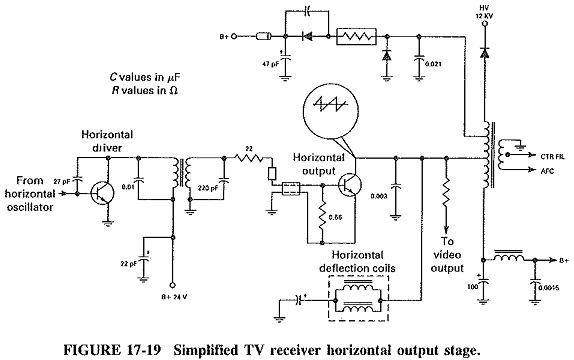Externet
Well-Known Member
Hello all.
To power up a CRT, I believe I need about +10KVDC HV to its anode; some other high +DC voltage called 'focus' derived from that HV resistor divider and another +high voltage called G2? or 'screen' to CRT terminals also from that HV divider.
Heater filament takes 6.3 V for the CRT I have.
Can these 10 KVDC and focus and grid be obtained from a standalone circuit or kit I can buy somewhere ? Like a flyback transformer circuitry that has the focus + screen controls on it ?

Canibalizing a discarded TV can yield most of the circuitry, but do not know how to deal with creating the ~15KHz or other input signals it would need. Guidance, please.
If you have a gadget or device or circuit that makes those voltages, please let me know.
Raster/deflection is not part of what am after. Just want to produce that spot on the screen. no video, no images.
Additional question : A single 30KVDC EHT flyback output that connects to a splitter to supply 3 CRTs ; does it yield three 10 KV for each or each gets 30 KV ?

To power up a CRT, I believe I need about +10KVDC HV to its anode; some other high +DC voltage called 'focus' derived from that HV resistor divider and another +high voltage called G2? or 'screen' to CRT terminals also from that HV divider.
Heater filament takes 6.3 V for the CRT I have.
Can these 10 KVDC and focus and grid be obtained from a standalone circuit or kit I can buy somewhere ? Like a flyback transformer circuitry that has the focus + screen controls on it ?
Canibalizing a discarded TV can yield most of the circuitry, but do not know how to deal with creating the ~15KHz or other input signals it would need. Guidance, please.
If you have a gadget or device or circuit that makes those voltages, please let me know.
Raster/deflection is not part of what am after. Just want to produce that spot on the screen. no video, no images.
Additional question : A single 30KVDC EHT flyback output that connects to a splitter to supply 3 CRTs ; does it yield three 10 KV for each or each gets 30 KV ?


